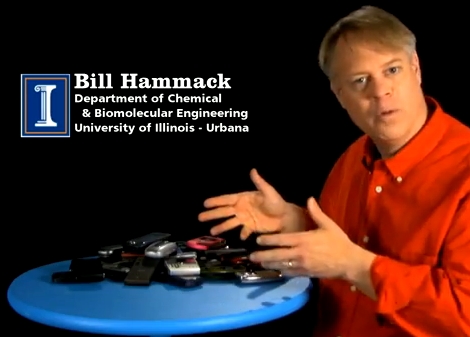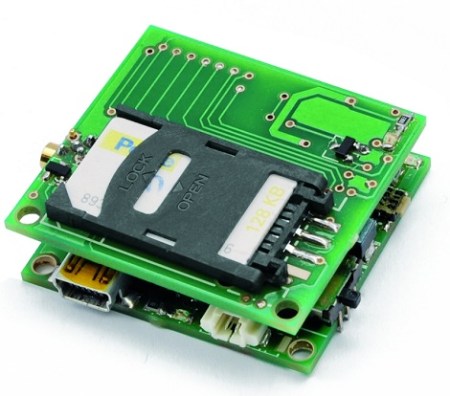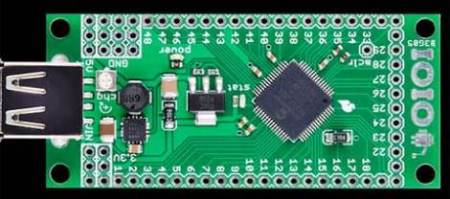
As an amateur radio enthusiast, [Andrew] sometimes has to set up impromptu antennas up to 160 meters in length. The easiest way to get these antennas off the ground is to drape them over trees, a feat normally accomplished by lofting fishing line into the air with a slingshot or bow and arrow. [Andrew] thought slings were so last century, so he came up with a spud gun inspired antenna launcher.
The launcher is built out of PVC and launches a foam filled tennis ball that can reel out 150 yards of Spectra line. In a moment of brilliance, [Andrew] decided to add an augmented reality HUD. The display is actually [Andrew]’s phone running an app called Geocam that provides him with a display of elevation and azimuth overlaid on the phone’s camera feed. The results of [Andrew]’s build are fairly impressive. The cannon was able to lob a tennis ball over a 110 foot tree at half the pressure rating of the PVC. The grouping was pretty tight as well, more than sufficient to run a line over a tree.
[Andrew]’s antenna cannon is an awesome piece of work and unlike most french fry cutters, it’s a useful tool. If you’re interested in seeing 160 meter antennas heaved over the tops of trees, amateur radio field day is next month week, June 25th and 26th.
















